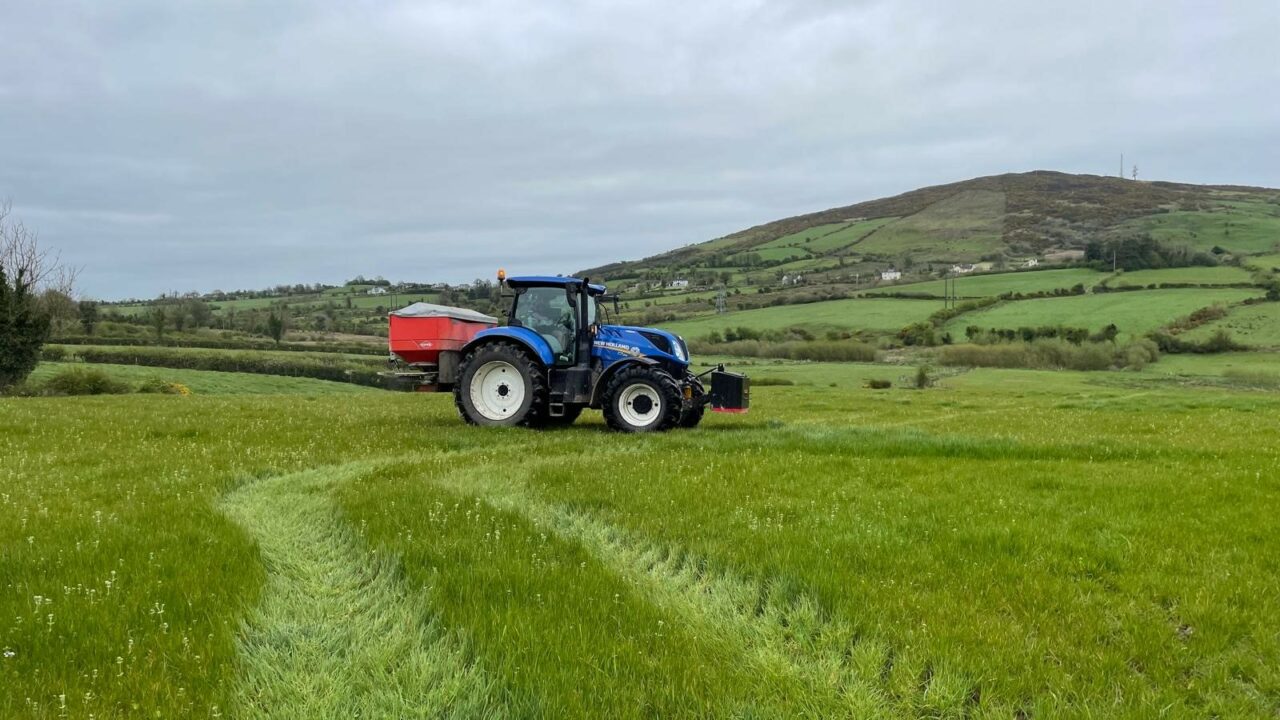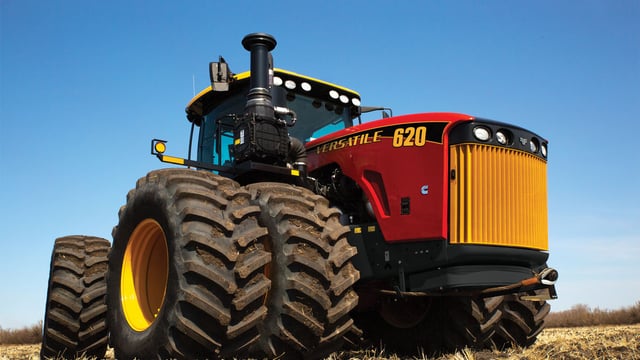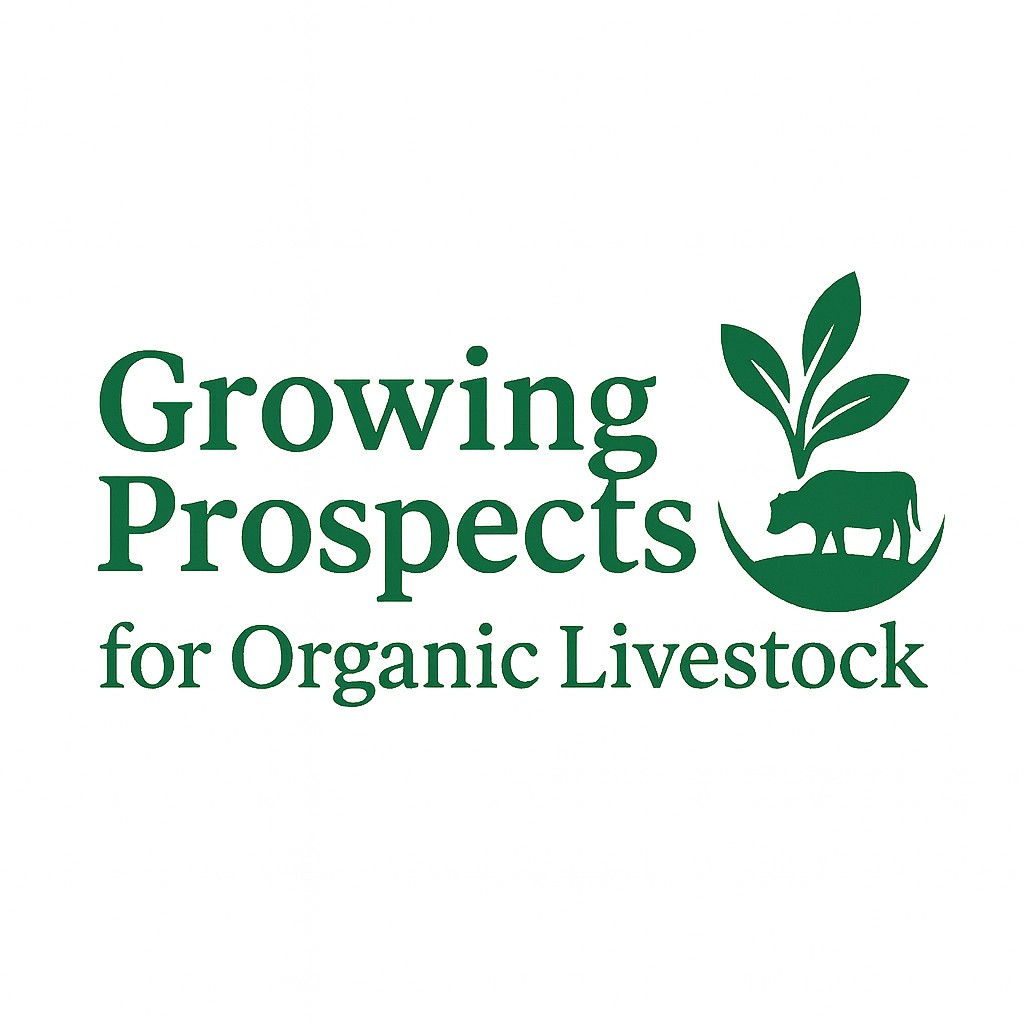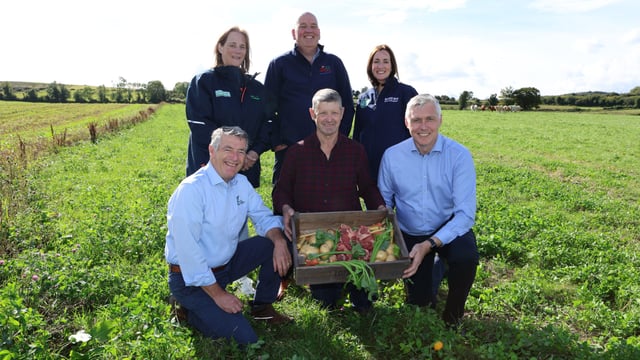Table: How are fertiliser prices looking this year?
The prohibited application period for farmers spreading chemical fertilisers has now ended with Zones B and C opening on Saturday, February 15 and Zone A opening on Monday, January 27.
Chemical fertiliser is a costly input for farmers so ensuring correct weather and ground conditions before application is, as always, a key priority in getting the best possible return on application.
While some farmers may have already purchased their chemical fertiliser, others will be purchasing it in the coming weeks and many farmers are currently wondering how prices are currently looking.
The table below details guide fertiliser prices as reported to the Irish Farmers' Association (IFA):
| Fertiliser type | Cost/tonne |
|---|---|
| Urea (46%) | €490 |
| Urea 46% (P) | €530 |
| CAN | €375 |
| CAN + S | €385 |
| 24-2.2-4.5 | €435-445 |
| 22-2.5-10 | €475 |
| 0-7-30 | €500 |
| 10-10-20 | €580 |
| 10-5-25+S | €500 |
| 18-6-12 | €500 |
| 18-5-12+S | €510 |
The prices included in the table above are prices reported by fertiliser merchants around the country to the IFA and are full loads of half tonne bags delivered with 30 days credit.
The prices included in the table are averaged from the prices reported, with some level of variation between suppliers and also between different fertilisers, according to the IFA.
Lower prices than those in the table above can be negotiated by farmers in some cases.
Before buying compound fertilisers, farmers should know their chemical Phosphorus (P) allowance.
From January 1, 2023 onwards, all farmers stocked above 130kg N/ha are required to take soil samples. Where soil samples are not taken, Index 4 for P will be assumed, so no chemical P or imported P can be used on these farms.
Therefore, farms in this category can no longer use P compound fertilisers, such as 18-6-12, 10-10-20, or 24-2.5-10.
A soil sample is only valid for four years and individual samples should not represent an area greater than 5ha (12ac).
Soil samples taken on or before September 14 of each year are relevant for that particular year and the three consecutive years after that.
To find out the maximum permitted N fertiliser allowance, farmers must know their stocking rate.
In order to clarify the permitted P fertiliser allowance, farmers must know their soil indexes and their concentrate feed usage which may bring their allowance up or down on the farm.
A farm stocking rate is calculated as the total annual N/kg excreted by grazing livestock averaged over the net grassland area (grazing and silage area).
It is always advisable for farms to contact their agri-advisor to ensure they are within their allowances for fertiliser spreading.
In some cases, application allowances will vary based on farm-specific circumstances.





